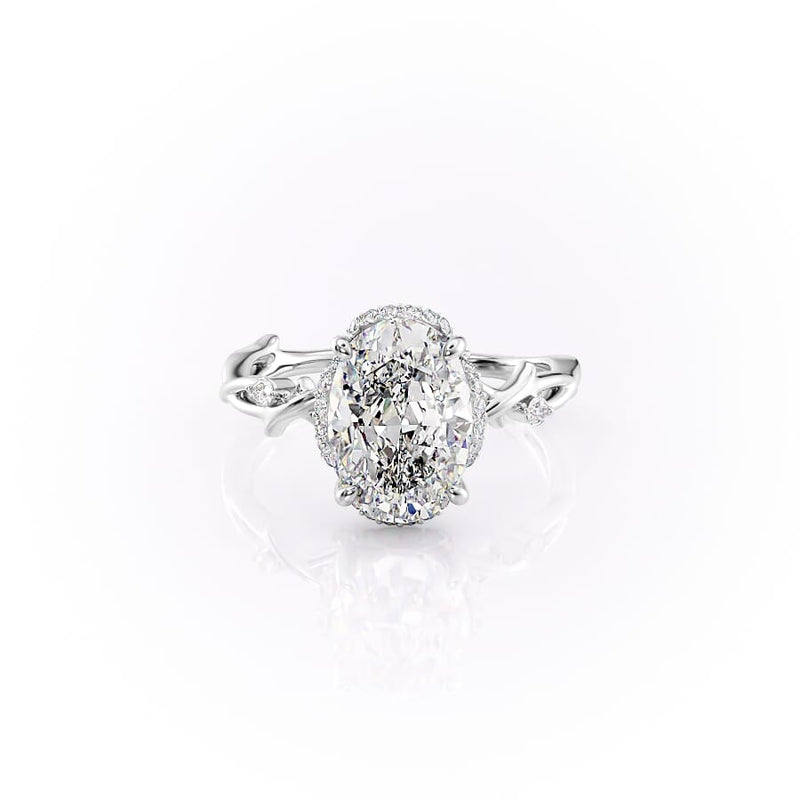No results found for “bracelets*”. Check the spelling or use a different word or phrase.
0 results found for “bracelets*”
New Arrivals
View All- From $757.00
-
$1,757.00 - From $757.00
- Unit price
- per
- From $957.00
-
$1,957.00 - From $957.00
- Unit price
- per
- From $1,117.00
-
$2,154.00 - From $1,117.00
- Unit price
- per
- From $816.00
-
$1,816.00 - From $816.00
- Unit price
- per
- From $925.00
-
$1,925.00 - From $925.00
- Unit price
- per
- From $1,314.00
-
$2,314.00 - From $1,314.00
- Unit price
- per
- From $1,074.00
-
$2,074.00 - From $1,074.00
- Unit price
- per
- From $1,146.00
-
$2,146.00 - From $1,146.00
- Unit price
- per
The Brilliance of Lab-Grown Diamonds: A New Era in Fine Jewelry
Benefits Of Lab-Grown Diamonds
Heerok's Commitment to Lab-Grown Diamonds
Our commitment to excellence extends to our custom-made jewelry service, where customers can provide detailed designs or drawings, and we will bring their vision to life. With over 15 years of experience in the diamond jewelry industry, we understand the importance of creating pieces that are not only beautiful but also meaningful and personal. In addition to our focus on quality and design, we offer flexible payment options, including the ability to purchase jewelry on EMIs. This allows our customers to invest in their dream pieces without financial strain.
Conclusion
At Heerok, we are proud to be at the forefront of this exciting transformation, providing our customers with exquisite lab-grown diamond jewelry that they can cherish for a lifetime. Whether you're looking for a stunning engagement ring, a timeless pendant, or a unique custom piece, our collection has something for everyone. Explore the world of lab-grown diamonds with Heerok and experience the brilliance of the future.
Lab Grown Diamond's FAQs
Yes, lab grown diamonds are indeed real diamonds. They possess the same chemical, physical, and optical properties as natural diamonds. The primary difference lies in their origin: while natural diamonds form deep within the Earth's mantle over millions of years, lab-grown diamonds are created in controlled laboratory environments using advanced technology that replicates the natural diamond-growing process.
A lab grown diamond, also known as a synthetic diamond or cultured diamond, is a diamond that is produced artificially in a laboratory rather than being mined from the Earth. These diamonds are grown using either High Pressure, High Temperature (HPHT) or Chemical Vapor Deposition (CVD) techniques, resulting in diamonds that are chemically identical to natural diamonds.
No, lab grown diamonds are not cubic zirconia. While cubic zirconia is a synthetic gemstone made from zirconium dioxide, lab grown diamonds are genuine diamonds made from pure carbon atoms arranged in a crystal lattice structure, just like natural diamonds.
Yes, lab grown diamonds are real diamonds. They possess the same chemical composition, crystal structure, and physical properties as natural diamonds, making them indistinguishable from mined diamonds to the naked eye and under gemological testing.
Yes, many celebrities and public figures have embraced lab grown diamonds for their ethical and environmental benefits. Celebrities like Emma Watson, Leonardo DiCaprio, and Meghan Markle have been spotted wearing lab-grown diamond jewelry, contributing to the growing popularity and acceptance of these sustainable alternatives.
Lab grown diamonds are often more affordable than natural diamonds because their production costs are lower and they do not require expensive mining processes. Additionally, lab-grown diamonds are not subject to the same supply chain constraints and market forces as natural diamonds, resulting in lower prices for consumers.
Yes, diamonds are composed entirely of carbon atoms arranged in a crystal lattice structure. This unique atomic arrangement gives diamonds their exceptional hardness, brilliance, and other desirable properties.
Yes, lab grown diamonds, like natural diamonds, are capable of cutting glass due to their exceptional hardness. Diamonds rank as the hardest known natural material on the Mohs scale, making them highly resistant to scratching and capable of cutting through other substances, including glass.
Lab grown diamonds, like natural diamonds, are extremely durable and resistant to cracking under normal wear conditions. However, like any material, they can be damaged if subjected to extreme force or impact. Proper care and maintenance can help minimize the risk of damage to lab-grown diamonds.
Lab grown diamonds may not appreciate in value over time in the same way as natural diamonds do. While lab grown diamonds offer excellent value for their beauty and quality, their prices may not increase significantly over time due to the continuous advancements in diamond-growing technology and the growing availability of lab grown diamonds in the market. As with any investment, it's essential to consider various factors and consult with a financial advisor before making a purchase decision.
- Choosing a selection results in a full page refresh.
































